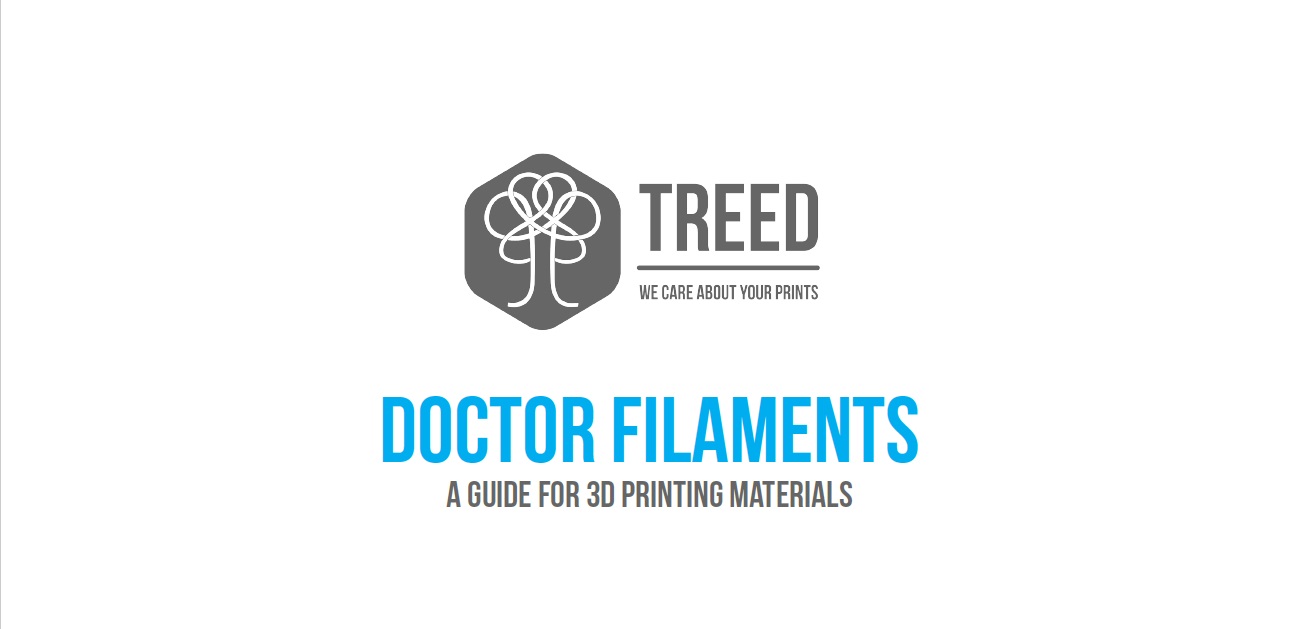Polymer alloys: know it to improve in 3D printing
Using additive 3D printing is an ongoing adventure. To explore this resourceful world, we need to know the basics.
Let’s start with polymer and polymer alloy.
To fully understand the complex world of polymers in 3D printing, we start from the basics, then from the notions that will then lead us to use an additive printer in the correct way. A bit like having the desire to cook a dish for a special occasion without knowing the ingredients and their peculiarities: the risk of making mistakes, without knowledge, is very high.
- THE DEFINITION OF A POLYMER ALLOY
- HOW ARE POLYMERIC ALLOYS CREATED?
- EXAMPLES OF POLYMERIC ALLOYS
- IN CONCLUSIONS
THE DEFINITION OF A POLYMER ALLOY
Let’s start, therefore, from the concept of “polymer alloy”. A polymeric alloy is the union of two materials, united with the aim of improving the performance of the individual polymers and enhancing, at the same time, their strengths, so that the material obtained is a balanced mix for the use we want to make of it at the design level.
If we wanted to make a comparison, we could use, as we said before, the kitchen: we know that we have to cook a balanced dish, which combines certain types of flavors. We know this dish shouldn’t be too sour or too sweet. At that point, we will go in search of ingredients that combine these two characteristics and that, together, balance each other. We will not choose to put the tomato and lemon in the same recipe (sour taste) but neither will we choose to combine beans and potatoes (sweet taste). Rather, we will look for a composition that satisfies us by mixing the ingredients according to the predominant characteristic of each in order to raise the acidity and sweetness depending on what we want to achieve.
If we talk about polymeric alloy, thus leaving the culinary metaphor, we can think, to give an exhaustive example, of the polymer alloy of PC-ABS, that is the material of which the front panels of your washing machines are made, those where the commands.
PC-ABS is a polycarbonate alloy that combines the brilliance and plasticity of ABS with the rigidity and resistance of polycarbonate; which combines the good behavior and ease of printing of ABS, but whose fragility over time of application requires the help of mechanical resistance with polycarbonate. The polymer alloy, all added together, satisfies the needs of manufacturers of washing machine faceplates in the selected example.
HOW ARE POLYMERIC ALLOYS CREATED?
How to put together materials for the formation of satisfactory polymer alloys? The two materials must not diverge physically, they must have compatible characteristics or, in any case, strictly close. Without forgetting that they must also be compatible in a proven way. There are few polymers that are able to bind together.
The following characteristics are decisive for joining polymers in polymeric alloys:
- Molecular weight
- Fluidity
- Structure
- Vicat

If we want to stay within the culinary metaphor and simply move on to the possible link between two ingredients, we can think of materials that tradition has already told us to be compatible within a food proposal: pasta with cream and mushrooms, for example, is a great match. Less, proven, pasta with cream and potatoes.
Once the ideal polymers to create the alloy and their percentage have been determined, it is then possible to proceed with the union, using a twin-screw extruder. This machine allows you to continuously mix polymers using heat and pressure.
EXAMPLES OF POLYMERIC ALLOYS
The best known polymeric alloys are PC-ABS, i.e. Polycarbonate with ABS and PC-PBT, Polycarbonate + PBT.
They differ according to the percentages of the components.
[products limit=”2″ columns=”2″ ids=”5989,461″]
Speaking of PC-ABS, at an industrial level, for example, we are talking about 80/20, that is 80 of Abs, and 20 of Polycarbonate, where the dominant is the styrenic component. By mixing them with these percentages, we obtain an alloy that “strengthens”ABS.
While a 20/80 alloy, therefore the opposite, will produce a polycarbonate with improved workability characteristics to a pure polycarbonate.
Even the production process in the strict sense can be favorably affected, especially in 3D printing: the shrinkage tendency decreases considerably thanks to the higher cooling speed of the polycarbonate component, guaranteeing better dimensional stability.
IN CONCLUSIONS
Knowing the characteristics of the individual polymers and the possibility of creating polymer alloys is essential to use the materials in the best possible way to create a final project that is as close as possible to our needs.
DOWNLOAD OUR POLYMERS MAP!
[pdf-embedder url=”https://treedfilaments.com/wp-content/uploads/2020/10/polymer_family_grande.pdf”]



0 Comments